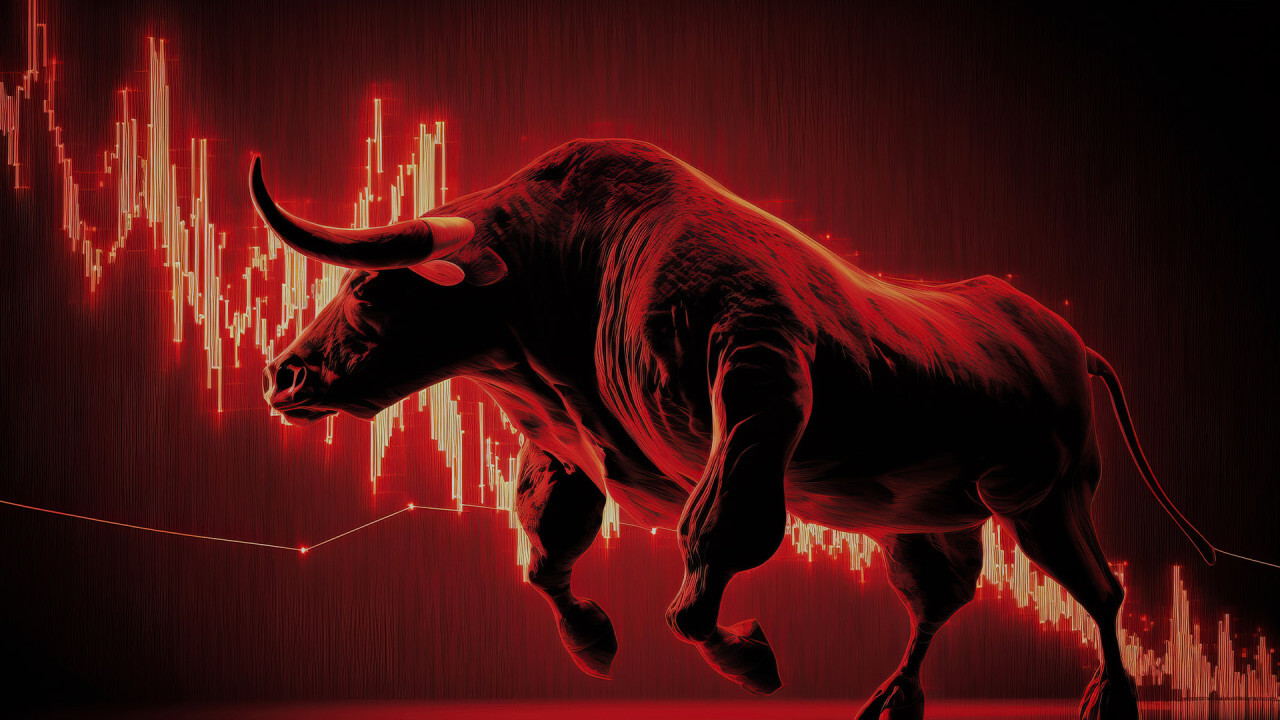

The Philippine benchmark index suffered another major selloff on Thursday, falling as much as 3.38 percent to 6,923.99, before closing at 7,014.44, down over 150 points.
New government data showing slower-than-expected economic growth of 5.2 percent in the third quarter added downward pressure, leading to net foreign selling amounting to P3.9 billion.
“I think this is more of a knee-jerk reaction. A knee-jerk reaction is supposedly short-lived but added to that the weak growth data today,” Ravelas, a senior adviser at Reyes Tacandong & Co., told InsiderPH.
Is the bull market over?
Philippine stocks entered bull market territory—defined as a 20 percent increase from a recent low—when it passed the 7,400 level last Sept. 23. It went on to trade as high as 7,604.61 before entering a period of sideways trading.
Ravelas stated that the PSEi remains in a consolidation phase, adding that it’s premature to declare an end to the bullish trend.
“At this point in time there’s still no critical breaks. We’re still in a consolidation between 5,800 and 7,600,” he said.
“A break below 6,000 could challenge the bull market,” he added.
Declines were led by large-cap stocks such BDO Unibank, Ayala Land and SM Prime Holdings.
International Container Terminal Services, led by tycoon Enrique Razon Jr., swung from 7 percent loss to gain of 1.21 percent to P400 each. It was also the most active stock on Thursday with trades worth P3.1 billion.
Trump’s win
A Trump presidency and looming trade conflicts reignite fears of more inflationary policies that could ripple across global markets.
“If Trump brings in inflation, the US Fed might turn more dovish so expectations of a 100 basis point cut might turn to 150 points,” he said.
At the same time, he cautions the Bangko Sentral ng Pilipinas from aggressive rate reductions that could weaken the Philippine peso, which is trending toward his “worst case” year-end target of P58.50 against the US dollar.
“But it’s possible they might do an emergency 25 basis point cut in response to the slower [gross domestic product growth],” he said.
“Government was thinking we would grow 6 percent, I was thinking 5.8 percent. But this [5.2 percent] is much slower than I anticipated,” said Ravelas, who urged the government to ramp up spending.
Preparing for the unexpected
Even late last year, Ravelas was warning about the significant risks of a Trump victory. “We’re seeing a realignment given these sentiments since a lot of people weren’t expecting a Trump win,” he said. “You can count me out, though—I’m a contrarian, and I wasn’t surprised he won.”
“So right now, people who’ve made gains are exiting to see where the dust settles. The question is, where will the dust settle?” he added.

Miguel R. Camus has been a reporter covering various domestic business topics since 2009.